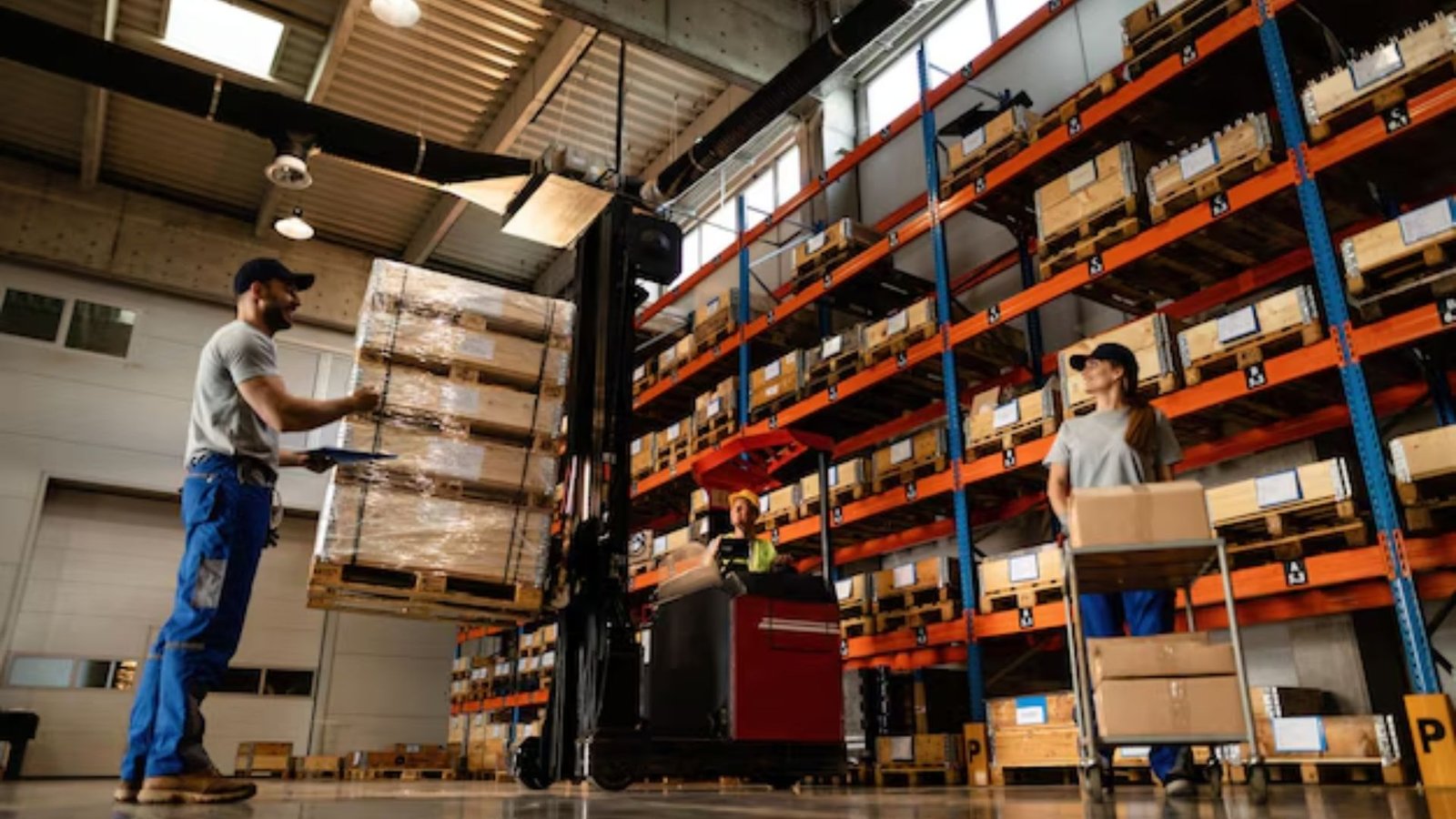Introduction:
Efficient warehousing is crucial for businesses to streamline operations, reduce costs, and enhance overall productivity. One pivotal aspect of warehouse optimization is the implementation of a racking system. A well-designed racking system can significantly improve storage efficiency, making it essential for businesses aiming to maximize their storage capacity and ensure seamless logistics. In this blog post, we will explore the key considerations when implementing a Racking and Shelving Company in UAE in to achieve optimal storage efficiency.

Warehouse Layout and Space Utilization:
Before implementing a racking system, it is essential to analyze the warehouse layout and available space. Understanding the dimensions of the facility allows for strategic placement of racks to optimize both vertical and horizontal space. Consideration should be given to factors such as aisle width, ceiling height, and overall floor layout to ensure efficient space utilization without compromising accessibility.
Inventory Characteristics and Storage Requirements:
Different types of products have varying storage requirements. When implementing a racking system, it is crucial to consider the characteristics of the inventory, including size, weight, and fragility. Heavy-duty pallet racking may be suitable for large and heavy items, while narrow aisle or carton flow systems might be more appropriate for smaller and lighter products. Tailoring the racking system to match the specific needs of the inventory enhances overall storage efficiency.
Accessibility and Retrieval Speed:
The efficiency of a racking system is not solely dependent on storage capacity; it also hinges on the accessibility and retrieval speed of stored items. Consider the frequency at which certain products need to be accessed and choose a racking system that facilitates easy retrieval. This may involve implementing selective racking for high-demand items or utilizing automated storage and retrieval systems (AS/RS) for faster and more accurate picking processes.
Safety Measures and Compliance:
Safety is paramount in warehouse operations. When implementing a racking system, it is crucial to adhere to safety regulations and industry standards. This includes ensuring that racks are properly anchored, installing appropriate safety features such as guardrails and netting, and training staff on safe handling practices. Compliance with safety guidelines not only protects personnel and inventory but also contributes to the overall efficiency of warehouse operations.
Future Scalability and Flexibility:
A racking system should not only meet current storage needs but also allow for future scalability and flexibility. Business requirements and inventory volumes may change over time, and a well-designed racking system should accommodate these changes without the need for a complete overhaul. Consider modular and adjustable rack designs that can be easily reconfigured to adapt to evolving storage demands.
Integration with Warehouse Management Systems (WMS):
To achieve optimal storage efficiency, it is essential to integrate the racking system with a robust Warehouse Management System (WMS). This integration enhances inventory visibility, enables real-time tracking of goods, and facilitates better decision-making. A seamless connection between the racking system and WMS improves overall warehouse efficiency by minimizing errors, reducing stockouts, and optimizing order fulfillment processes.

Conclusion:
Implementing a racking system in a warehouse for optimal storage efficiency requires a strategic approach that takes into account various factors. From warehouse layout and inventory characteristics to safety measures and future scalability, each consideration plays a crucial role in designing a racking system that enhances storage efficiency. By carefully assessing these key aspects and incorporating them into the implementation process, businesses can create a warehouse environment that not only maximizes storage capacity but also ensures smooth and efficient logistics operations.
